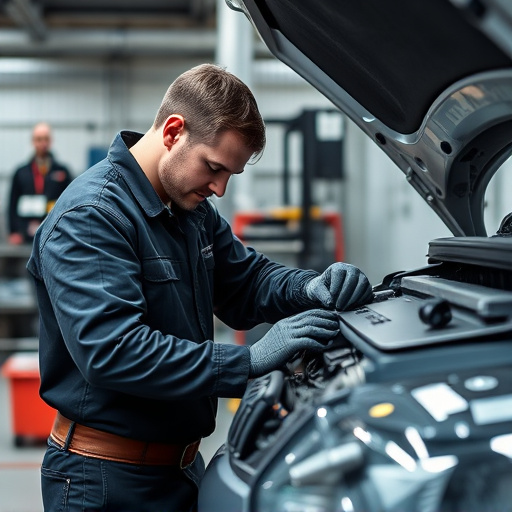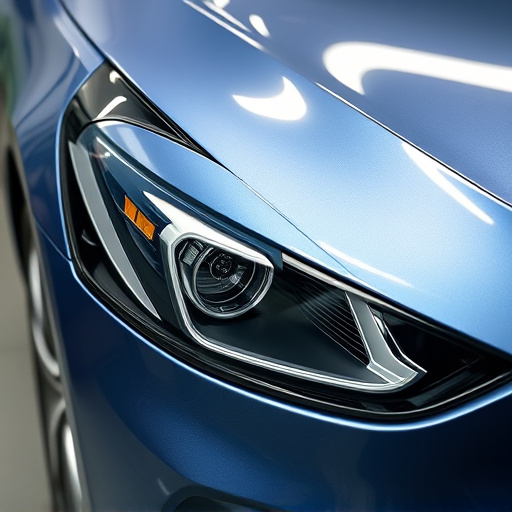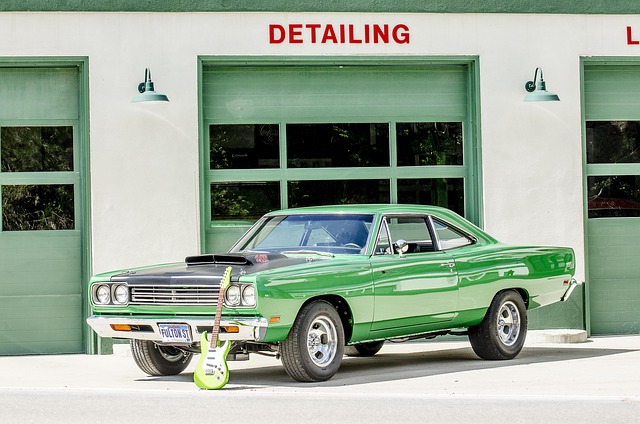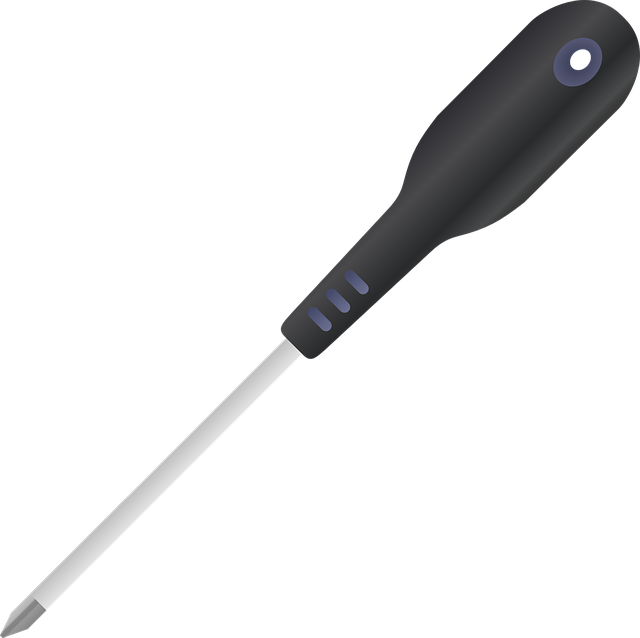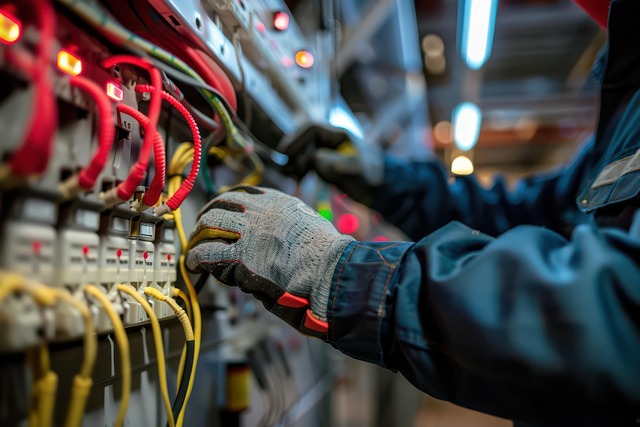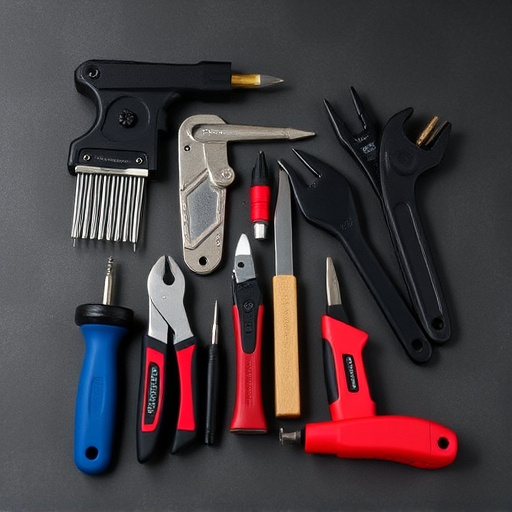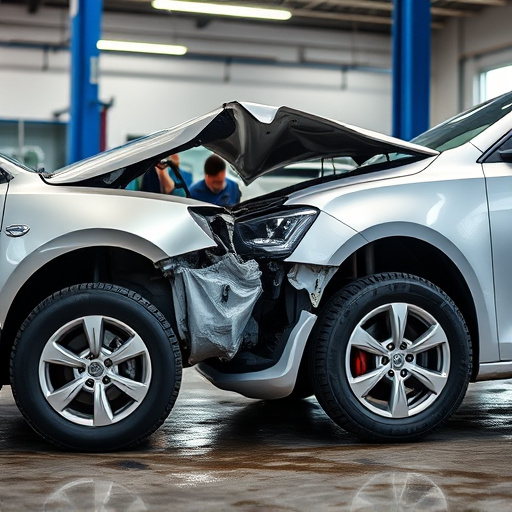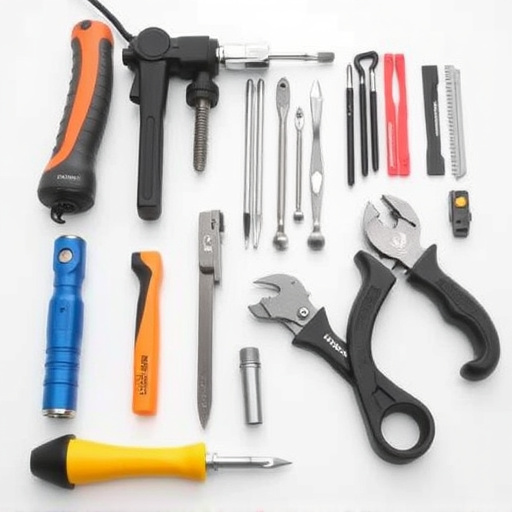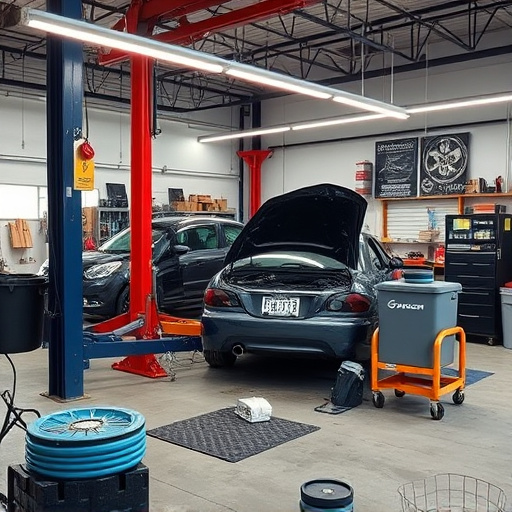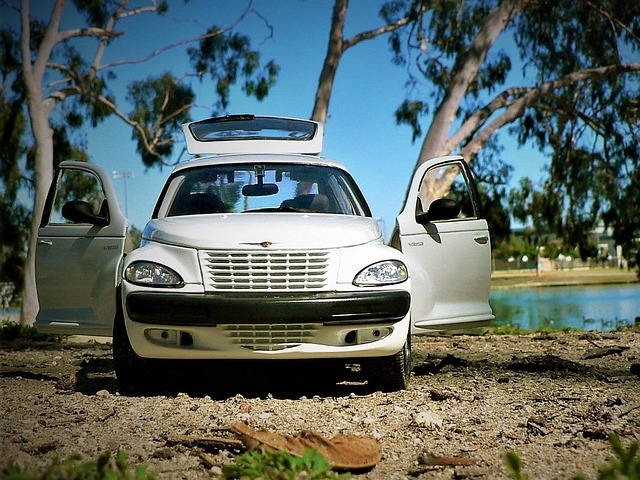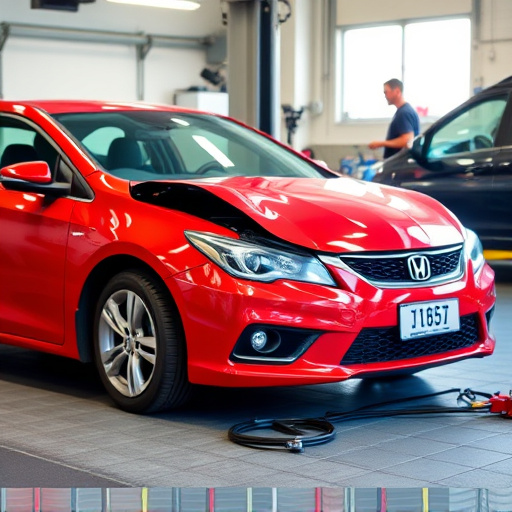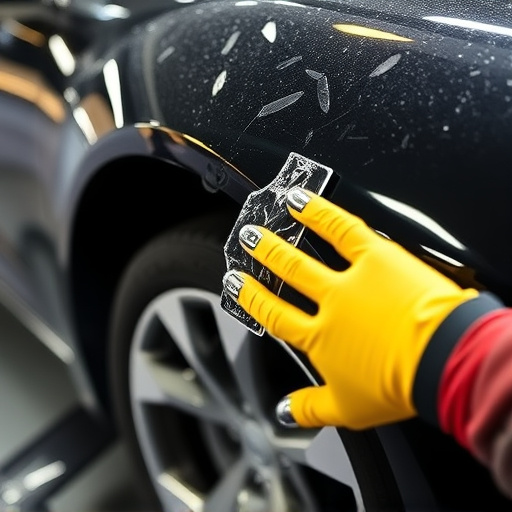Spot welding equipment is a specialized toolset vital for creating robust bonds between aluminum and steel panels in industries like automotive, construction, and manufacturing. Using concentrated heat, it fuses metals for strong, permanent joints ideal for collision repair and auto body restoration. Advantages include faster cycle times, reduced material waste, and improved structural integrity over traditional techniques. Modern equipment features advanced controls for precise power regulation, enhancing quality in car paint repairs and complex auto body projects. Choosing the right spot welder, with adaptable settings for different panel thicknesses and alloys, ensures efficient, high-quality work in both automotive repairs and metal fabrication.
Spot welding equipment is a game-changer in the manufacturing of aluminum and steel panels, offering precise and efficient joining methods. This article delves into the world of spot welding, exploring its applications and benefits for panel production. From understanding the fundamentals to choosing the ideal equipment, we guide you through the process, ensuring quality and efficiency. Discover how this technique revolutionizes panel fabrication, making it a must-have tool in modern manufacturing.
- Understanding Spot Welding Equipment: A Brief Overview
- Applications in Aluminum and Steel Panel Manufacturing
- Choosing the Right Equipment for Efficient and Quality Paneling
Understanding Spot Welding Equipment: A Brief Overview

Spot welding equipment is a specialized toolset designed to create robust bonds between aluminum and steel panels, a process essential in various industries, including automotive, construction, and manufacturing. This technology utilizes concentrated heat to melt and fuse metal, resulting in strong, permanent joints. In the context of collision repair centers and auto body restoration, efficient spot welding equipment is invaluable for precise repairs and high-quality finishes.
The process involves a welder applying controlled energy to specific points on the panels, melting the base metals to form a solid bond. This method offers several advantages over traditional joining techniques, such as faster cycle times, reduced material waste, and improved structural integrity. Modern spot welding equipment often features advanced controls, allowing for precise power regulation and optimal weld parameters, ensuring consistent quality in both car paint repair and complex auto body restoration projects.
Applications in Aluminum and Steel Panel Manufacturing

In the realm of manufacturing, spot welding equipment plays a pivotal role in joining aluminum and steel panels, which is particularly crucial in industries such as automotive, construction, and appliance production. This efficient method ensures precise and robust connections, enhancing structural integrity and overall product quality. For instance, in car body restoration and damage repair, spot welding is employed to patch up and reinforce panel surfaces, effectively returning vehicles to their pre-damage condition with minimal visible evidence of repairs, especially when using modern aluminum alloys.
Moreover, the versatility of spot welding equipment makes it invaluable for auto maintenance facilities. It allows technicians to conduct quick and accurate repairs on various components, from body panels to engine parts, contributing to more efficient and cost-effective vehicle upkeep. This technology’s precision ensures that only the affected area is treated, minimizing material waste and reducing the environmental impact of manufacturing processes, which aligns with modern sustainability goals in the automotive sector.
Choosing the Right Equipment for Efficient and Quality Paneling

Choosing the right spot welding equipment is paramount for achieving efficient and quality panel applications, whether it’s in automotive repairs like fender repair or general metal fabrication. The right gear ensures precise, strong welds that maintain structural integrity and aesthetic appeal. For aluminum and steel panels, a versatile, high-current spot welder is ideal. These machines deliver the necessary power to penetrate and fuse these materials, often with adjustable settings for different thicknesses and alloys.
When selecting equipment, consider factors like welding current range, peak current, and duty cycle. A broader range ensures adaptability to various projects, from thin metal sheets to thicker panels, much like how car paint services might handle both minor dents and major body repairs. Additionally, a welder with a reputation for reliability minimizes downtime and enhances productivity, making it an invaluable asset in any vehicle dent repair or similar operation that relies on consistent, high-quality results.
Spot welding equipment plays a pivotal role in modern aluminum and steel panel applications, offering precise and efficient joining solutions. By understanding the technology and selecting the appropriate machinery, manufacturers can achieve superior quality panels with enhanced structural integrity. Investing in reliable spot welding equipment is a strategic move that drives productivity and ensures consistent results in various industrial sectors.
